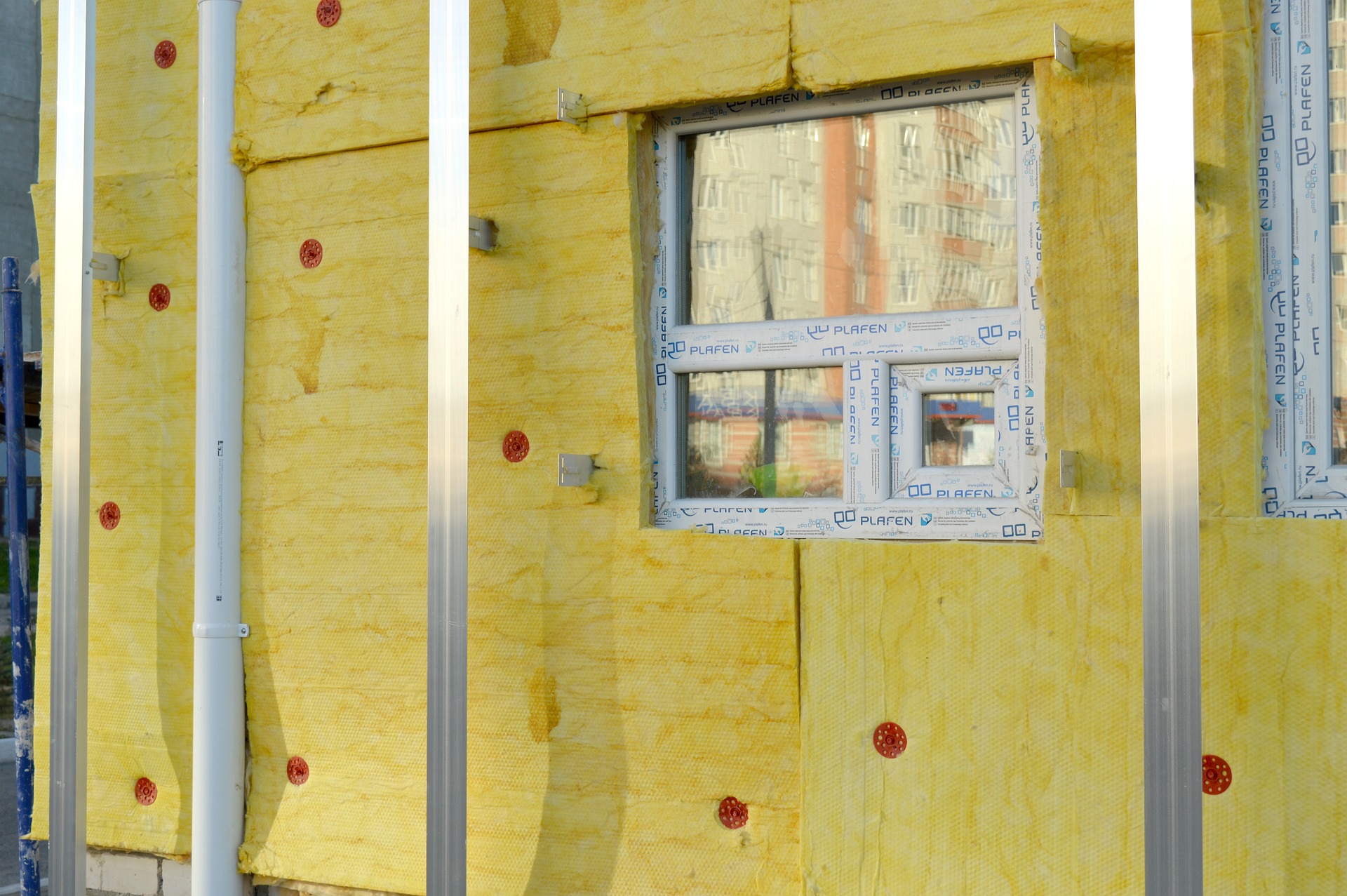Spray Foam Insulation for Homes: Benefits and Best Uses
Spray foam insulation has become a popular option for homeowners and builders looking to improve comfort, reduce energy bills, and create tighter building envelopes. Applied as a liquid that expands into a rigid or semi-rigid foam, spray foam seals gaps that traditional batt insulation can miss. This article explains how spray foam works, where it performs best in home and construction settings, its energy efficiency advantages, common installation considerations, product differences, and long-term maintenance tips to help you weigh whether it’s the right choice for your property.

What is spray foam insulation and how does it work?
Spray foam insulation is a mixture of two liquid chemicals that react and expand on contact to form a continuous insulating layer. There are two main types: open-cell foam, which is softer and more flexible, and closed-cell foam, which is denser and provides higher R-value per inch. Both types create air seals by filling cavities, gaps, and irregular spaces in walls, attics, and around penetrations. The result is reduced air leakage, improved thermal resistance, and fewer drafts compared with many traditional insulation methods.
When is spray foam right for your home?
Spray foam is particularly valuable in homes with irregular framing, older buildings with gaps, or places where air sealing is critical—attics, rim joists, and around window and door frames. For homeowners focused on maximizing comfort and minimizing drafts, spray foam delivers good results. Closed-cell foam adds structural rigidity and moisture resistance, making it suitable in areas prone to moisture or where space for thicker insulation is limited. Homeowners should weigh upfront installation needs against long-term performance.
How does spray foam fit into construction projects?
In construction, spray foam is used for both new builds and retrofit projects. Contractors often specify it when tight building envelopes, vapor control, or high R-values in limited cavity depths are required. It can also reduce the size or cost of HVAC systems by lowering heating and cooling loads. Integration with other systems—air barriers, vapor retarders, and mechanical ventilation—should be coordinated to ensure proper moisture management and indoor air quality in the finished building.
What energy efficiency benefits does spray foam provide?
Spray foam reduces air infiltration and thermal bridging, two primary causes of energy loss in buildings. By creating an airtight seal, it reduces the workload on heating and cooling systems, often leading to measurable energy savings and more consistent indoor temperatures. Closed-cell foam offers higher R-value per inch, which helps where space is constrained. While results vary by climate and installation quality, spray foam commonly contributes to improved home energy performance and can complement other efficiency upgrades like sealing, windows, and HVAC improvements.
How do open-cell and closed-cell spray foam compare?
Open-cell foam is less dense, has lower R-value per inch, and is generally more vapor-permeable; it’s often chosen for interior sound dampening and larger coverage at lower cost. Closed-cell foam is denser, provides greater structural support, and resists water absorption, delivering higher R-values in thin assemblies. Selection depends on project goals: budget, space for insulation, moisture risk, and desired thermal performance. A qualified contractor can perform a needs assessment to recommend the appropriate type and thickness for your project.
What are installation, safety, and maintenance considerations?
Professional installation is strongly recommended—proper mixing, temperature control, and application techniques are critical for performance and safety. During installation, occupants should avoid exposure to uncured chemicals and ensure adequate ventilation. After curing, spray foam is stable, but homeowners should monitor for any signs of settling, damage from pests, or unintended gaps created by subsequent renovations. Routine inspection of areas where foam interfaces with roofs, windows, and mechanical penetrations will help maintain long-term performance and energy efficiency.
Spray foam insulation is a versatile option that can significantly improve a home’s comfort and energy profile when specified and installed correctly. Consider your climate, the part of the building being insulated, and project goals before choosing open-cell or closed-cell formulations. Working with experienced local services and following manufacturer recommendations helps ensure a durable, energy-efficient result.
Sources






